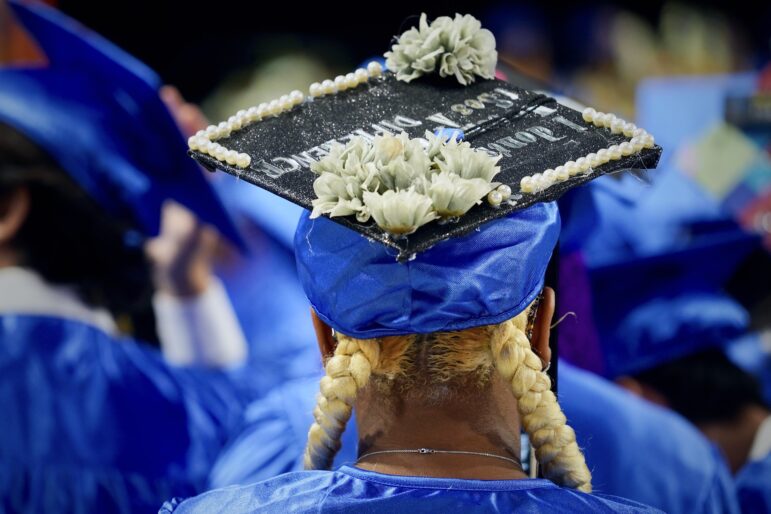The community development movement is reinventing itself. Traditionally focused on affordable housing and living wage jobs, the movement is increasingly integrating environmental and public health objectives into grassroots action and organizing. This shift reflects the growing urgency of climate change and a stronger understanding of its interconnectedness with other social justice issues.
At the same time that this evolution has been occurring, City Hall has committed, through PlaNYC 2030, to reduce energy consumption and carbon emissions, and “to enhance the quality of life for all New Yorkers.”
To both reach PlaNYC’s ambitious goals–and to exceed them in those in areas where PlaNYC fell short –community-based organizations must be essential partners.
The city should recognize that the role of community groups in building a sustainable city can be as significant as it has been in achieving the nation’s largest city-sponsored affordable housing production. People realize global warming is real, that it must be addressed now and they are ready to work for it in their communities.
Community organizing that develops local leaders to move both decision-makers and their neighbors to action is a key strategy to effect the pervasive change essential to a sustainable city. Local action helps uncover the structural barriers that create disparities between neighborhoods and sparks policy innovation that leads the way to ensure that the city as a whole is more sustainable. It can also help advance us to the tipping point which reinforces environmentally positive sustainable choices by each of New York City’s 8 million individuals about how to travel to work, what to eat, how to renovate their homes and other behaviors with environmental impacts.
The investments to be made in sustainable homes and infrastructure offer the chance to create decent, well-paying jobs for the New Yorkers who need them the most, in weatherization, the manufacture of green building materials, public transportation, urban agriculture and numerous other business sectors.
Realizing this, City Hall has begun to support these efforts more effectively, but to meet the potential of Greening from the Grassroots Up, both the city and community-based organizations will need to deliberately integrate environmental and community development strategies.
The city should provide community-based organizations with the resources and tools needed to develop and implement local sustainability plans, and, in exchange, challenge them to do their part in meeting PlaNYC’s top-level goals – for example, by identifying locations for increased residential density.
CBOs should also re-tool to tackle these issues as part of their housing preservation and neighborhood revitalization strategy.
Those strategies should be holistic: working with a broader array of partners to address a multi-faceted problem with a multi-faceted approach. Cypress Hills LDC still builds housing but they are on the cutting edge in keeping those projects affordable and healthy as part of a neighborhood approach called Cypress Hills Verde.
The strategies should also be integrated. Bedford Stuyvesant Restoration Corporation is revitalizing block associations through its Retrofit Block by Block approach, not only mobilizing local champions to implement energy assessments and retrofits, but helping them address other health problems and social issues. They are training and employing residents in the retrofit process, planting street trees, painting cool roofs and engaging residents in financial literacy and better eating habits. BSRC has incorporated community arts projects and recently launched a retrofit business to more fully capitalize on the opportunities for economic growth from green investment.
And the strategies should be connected. In Williamsburg’s South Side, El Puente began with community organizing and a planning process, and is now moving to implementing a retrofit program. Their Green Light District plan, completed in 2010, is an ambitious blueprint for reducing the area’s carbon footprint, greening their blocks and even improving public health.
Much of this work has been done with the support of the Brooklyn Community Foundation which is taking these experiences and seeding them throughout Brooklyn. Some of the measures needed to build a sustainable city are best implemented on the local level, illustrated above, but do well with support through a more centralized entity with different technical capacities and to achieve economies of scale.
For example, in our Brooklyn Greens and Retrofit NYC Block by Block projects, Pratt Center provides outreach materials, training, an online tracking system to support the local efforts and a “community table” for the local practitioners to share their challenges and the best practices.
The partnership between City Hall and community groups around housing development took decades to accomplish and there is still room for growth. We do not have the luxury of time to reduce health disparities and tackle global warming. The city should embrace the community development and environmental justice movements and their strategies to achieve a truly sustainable city.








